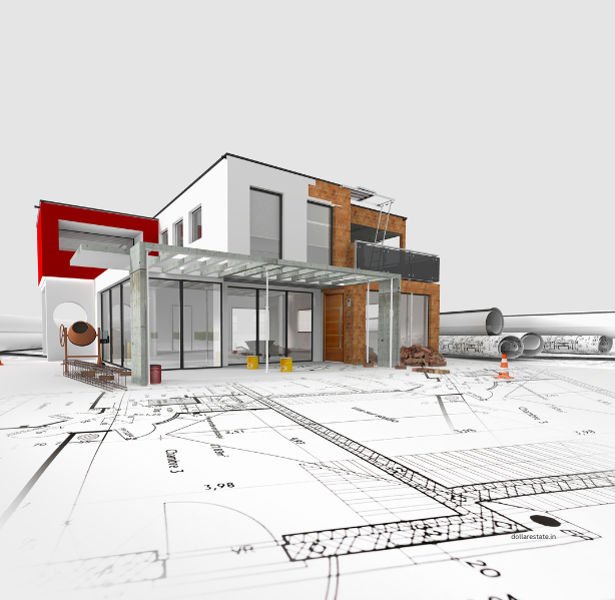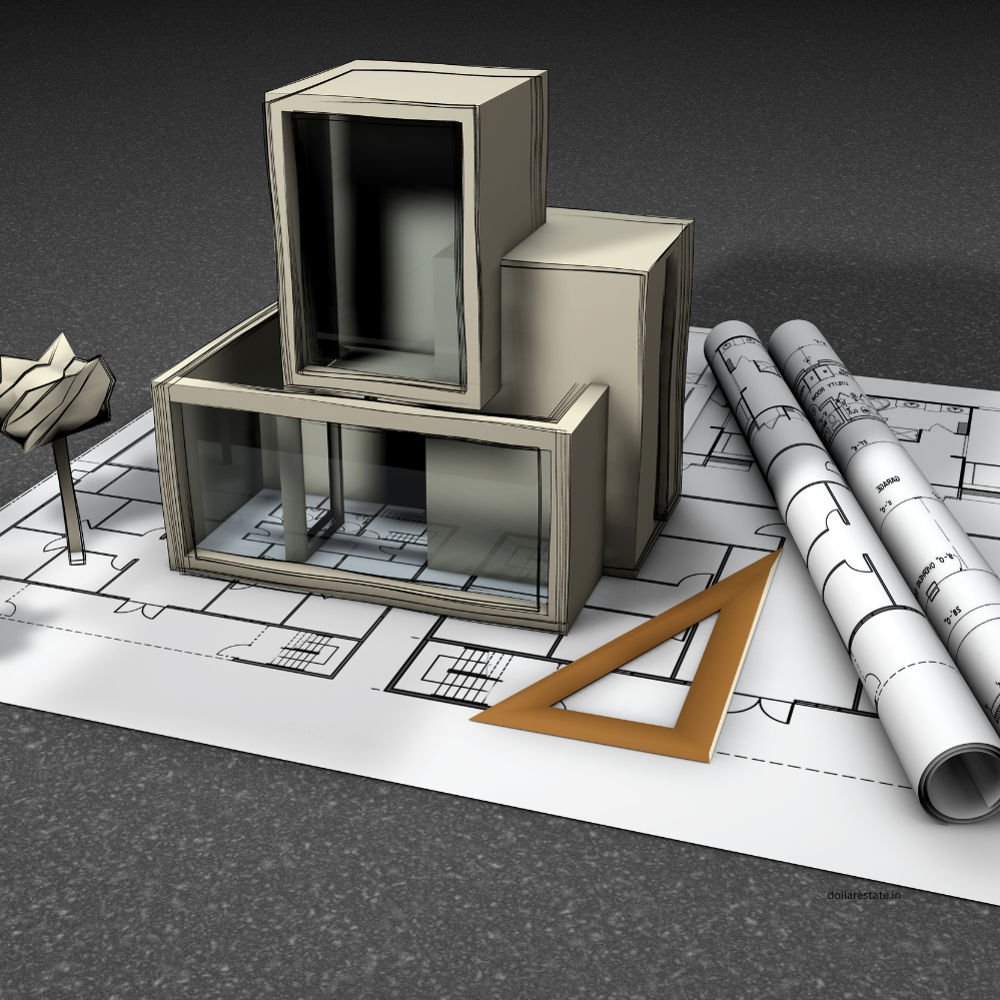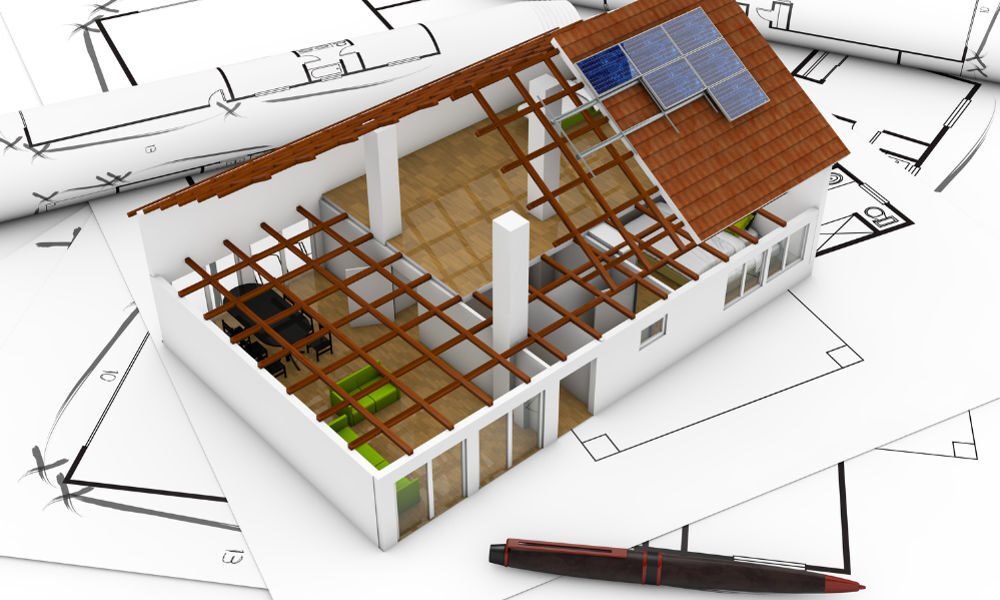Cities are densifying, yet our longing for greenery grows stronger. Architects now answer this call by weaving natural design into every structural layer, blurring boundaries between built form and living ecosystem. Biologist E.O. Wilson coined “biophilia” to describe humanity’s innate love of nature. Biophilic architecture channels that instinct through natural design, ensuring buildings nurture, rather than negate, our bond with the outdoors.


First Principles
Daylight, airflow, and organic materials anchor effective natural design. Large operable windows usher in breezes; atriums funnel sunlight deep indoors, cutting energy loads while uplifting mood and productivity.
Living Greenery
Green roofs, vertical gardens, and interior courtyards convert inert surfaces into thriving habitats. Beyond aesthetics, these vegetated systems filter air, dampen noise, and regulate temperature—core victories for natural design in urban contexts.
Water as a Well-Being Catalyst
Reflecting pools, cascades, or even subtle mist walls introduce movement and soothing acoustics. Integrated responsibly, water features elevate humidity and tranquility, embodying the multisensory power of natural design.
Material Honesty
Exposed timber, rammed earth, and locally quarried stone ground occupants in place. Such tactile finishes reduce embodied carbon and enrich spatial experience—proof that natural design marries sustainability with sensory delight.
Spatial Patterns from Nature
Fractals, gentle curves, and varied ceiling heights echo forest canopies and river bends. Research shows these biomorphic cues lower stress, making patterned natural design a measurable wellness tool.
Adaptive Comfort
Biophilic buildings favor dynamic environments: shaded verandas, operable louvers, and thermal chimneys respond to weather in real time. Occupants engage with their surroundings, embodying the participatory ethos of natural design.
Technology, Subtly Hidden
Smart sensors adjust lighting and irrigation only when needed, conserving resources without visual clutter. Invisible tech ensures modern convenience coexists seamlessly with overtly natural design elements.

“This quote emphasizes the significance of charity as an essential virtue that allows compassion and benevolence to flow from one person “
John Doe
Community Connection
Shared gardens, rooftop farms, and edible landscapes encourage residents to cultivate both plants and relationships. Social resilience becomes an extension of ecological resilience—the human dimension of natural design.
Economic Incentives
Higher lease rates, faster sales, and reduced absenteeism reward developers who adopt natural design. Green certifications and government incentives further sweeten returns.
Challenges and Future Directions
Cost perceptions, maintenance myths, and regulatory hurdles can slow adoption. Yet as data mounts on health, climate, and financial gains, natural design is poised to become standard practice rather than boutique choice.
Biophilic architecture reframes buildings as ecosystems—living, breathing spaces that heal occupants and planet alike. Embracing natural design today secures healthier, more regenerative cities for generations to come.
